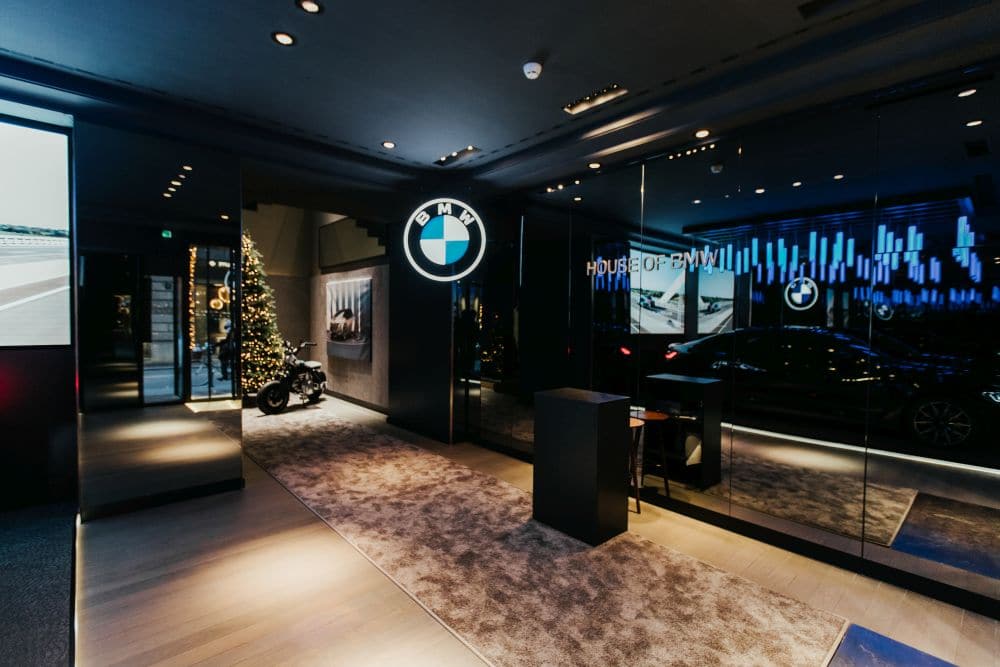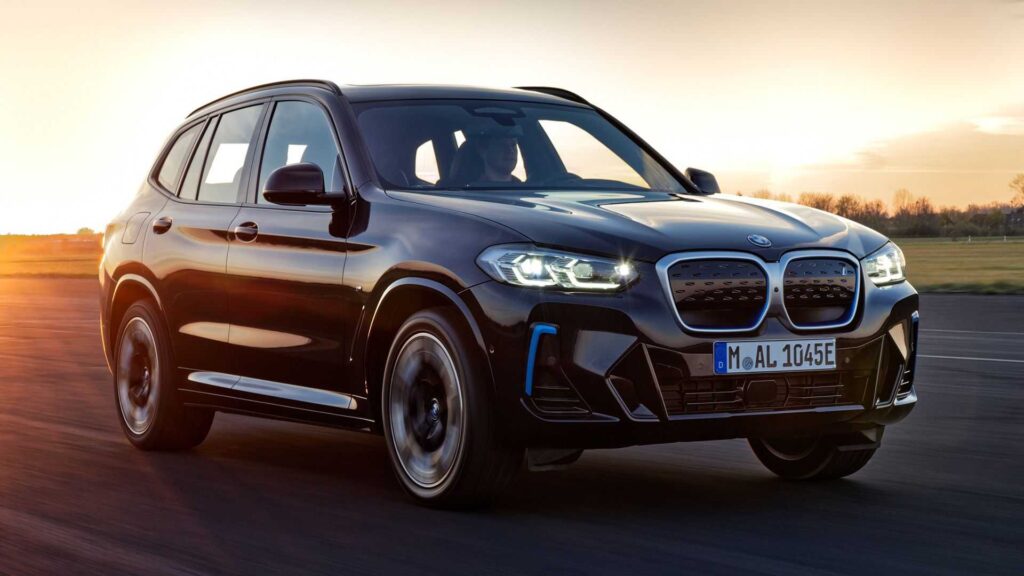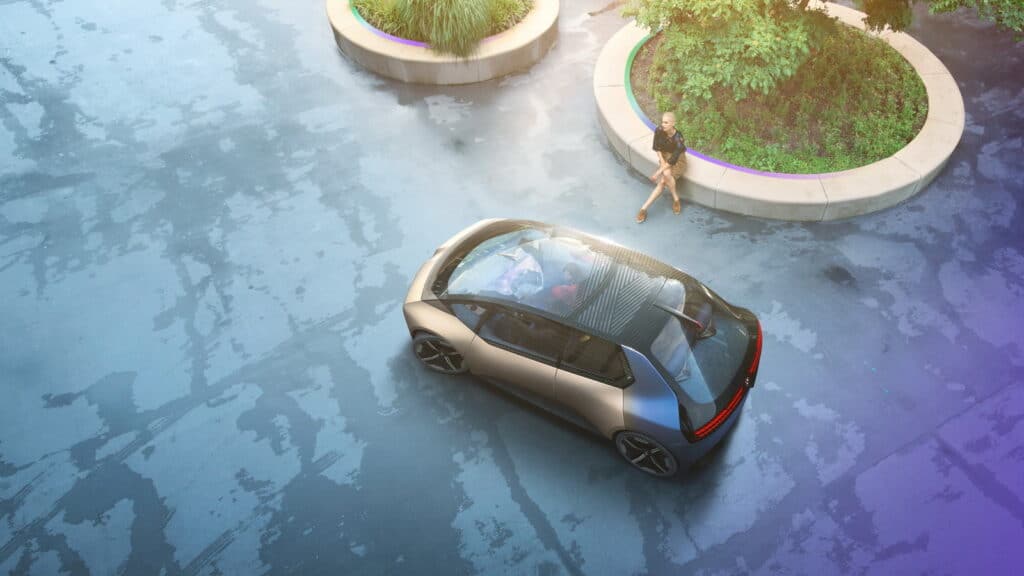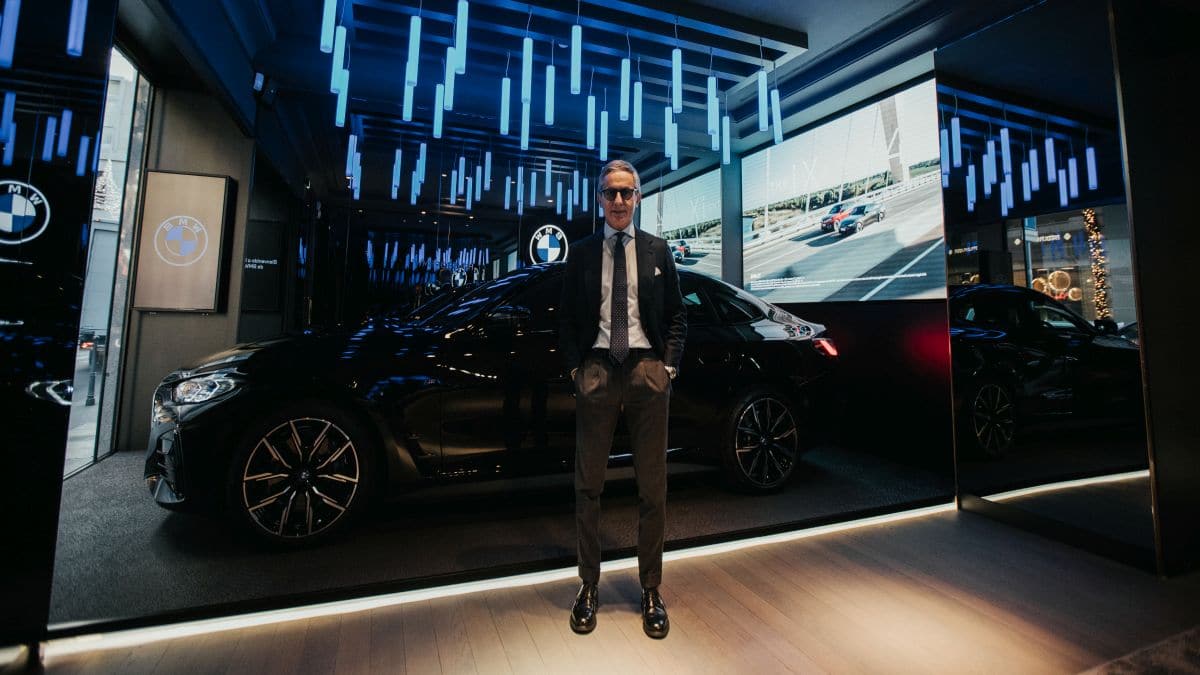The 2021 that is about to end was a year of great challenges for the entire automotive sector (and not), and how it was faced by BMW Italy, explains in a press release its CEO and President Massimiliano Di Silvestre.
We are closing an extraordinary year for both BMW and MINI and BMW Motorrad, both in terms of market share and segment share, despite the well-known problem of semiconductors. We will have the pleasure of taking stock of the situation with the consolidated numbers of 2021 and to talk about the prospects for 2022 at the beginning of the new year.
In recent years we have exploded our range, through a deep segmentation, an explosion of technology, design and connectivity that is also affecting the electric revolution.
We have repeatedly talked about the 25 electrified models ittro 2023, a full electric car in every market segment. This is our high-tech strategy. Starting from this strength, we believe that in order to successfully face the challenges of the new market, it is also necessary to further strengthen our “high touch” part, that is, the relationship with the market. Our resources will increasingly be a differentiating element to build a fascinating, warm relationship, capable of generating an interactive and avant-garde shopping experience.
For this reason we have recently inaugurated a very special location for us, in the new BMW home (we called it the House of BMW) in via Verri 10, in the heart of the city of Milan.
 House Of BMW – Milano
House Of BMW – Milano
This year we have also renewed and evolved our BMW Roma Urban Store in via Barberini, piloting the new retail standards at European level, a concept where we introduce digitalization as a sales tool and underline the strategic importance of Product Genius in the role of the customer. experience. A laboratory of new processes, including digital ones, always accompanied by a high profile human relationship. People, new roles, new skills are called to make a difference.
We had the pleasure of officially inaugurating the Urban Store in Rome last October in the presence of our Board Members Pieter Nota and Nicolas Peter.
There will be many initiatives that will animate these two “BMW houses” and it will be a great pleasure to have you as our guests.
With a renewed approach, therefore, we are preparing for the opportunities of the new market, making the relationship with the customer modern and sustainable from all points of view. We have gained awareness, in fact, that it would be
It is a mistake to assume that our brand positioning on the traditional market is automatically reflected on the new market. We are on the same starting grid as our competitors, certainly with a wealth of values and
very important skills. This heritage must be our strength, differentiating from others, precisely of those who know the flavor of victory and the winning mentality, but are also aware that only through
an evolution of the game scheme and resources on the pitch, you can continue to be successful.
Returning to the topic of sustainability in the strict sense, I like to share some reflections starting from a strong statement by our president Oliver Zipse at the recent COP26 in Glasgow.
“The key to sustainability lies in innovation: in innovative technologies, but also in creative thinking that accepts no limitations. Above all, we must choose and follow a binding and objective path together
clear. Just wait. Enough with the strategies. It is time to act. Now”.
BMW’s challenges in Massimiliano Di Silvestre’s text
A declaration that arises both from a clear and precise commitment of the company, and from the need to act as a system (companies, institutions and research) to solve the great challenges we have before us.
For this reason, I would like to touch on three points:
1) The reduction of emissions
2) The circular economy
3) Our renewed SpecialMente CSR program
Reduction of emissions
For this theme, BMW CEO Massimiliano Di Silvestre begins with a premise: every gram of CO2 counts – no matter where it was produced. Any technology available to reduce emissions must be used. We as the BMW Group have set ourselves an important and verifiable intermediate goal along the entire supply chain: reduce the CO2 emissions of our vehicles by at least 40% by 2030 – starting from the raw material, passing through the supply chain, production and use phase, up to recycling.
The verification of this reduction will take place through our sustainability report which as of this year is integrated into the company’s financial statements and certified by external auditors. We as the BMW Group were the first manufacturer to declare our goal of limiting the rise in global warming to 1.5 °. This was an important step online with the more ambitious goal of the Paris Climate Agreement and commits us to pursue the goal of total climate neutrality by 2050. The increase in electromobility is the most important element on the road to climate-neutral mobility. Today we have 5 fully electric cars in the range: BMW i3, MINI Electric, BMW iX3, BMW iX and BMW i4 and in recent days we have crossed the milestone of one million electrified cars already on the market. But in industrialized countries like ours there is still a big obstacle: the lack of infrastructure.
 BMW ix3
BMW ix3
Indeed, while the targets for manufacturers that place electrified vehicles on the market are regulated by law through binding targets for the fleet, which entail severe penalties in the event of non-compliance, neither the EU nor the Member States have the same binding obligation to create the necessary conditions for market penetration of electrified vehicles, such as charging infrastructure or incentives.
In regions where a high density of charging infrastructure is ensured, we have seen a substantial increase in demand for electric mobility. However, in many other regions, the lack of infrastructure is a
major obstacle to sustainable mobility. Global sustainability goals can only be achieved if the
conditions permit. To achieve the transformation of individual mobility, it is estimated that a capacity is required installed public charging of 3 kW for battery electric vehicle and for fuel cell vehicles a network of at least one hydrogen refueling station every 100 km.
In Italy, with 2.7 columns per 100 km, compared to 4.7 for the European average, we are in 14th place in the ranking of the continent. We have ample room for growth. And we have to grow up fast. The recent government plan envisaged in the PNRR goes in this direction (both for electricity and for hydrogen), but I would like to underline the need to adopt the criterion of urgency in the implementation of the plan. Infrastructure is the key to achieving the Green Deal goals for the mobility sector.
We like BMW Group are also intensifying efforts to improve the infcharging structure. In line with this approach, we have installed more than 15,000 charging points worldwide, including more than 4,350 points in the
our offices, all powered exclusively by green electricity. In Italy our dealers in the coming weeks will add new fast charging points to the current supply of columns thanks to the collaboration with the partner Shell New Motion.
Circular economy
Massimiliano Di Silvestre continues in his article on the year that is about to end by BMW, dealing with a theme that is deeply felt in the group, namely the circular economy:
Another focus for the BMW Group is the circular economy: humans consume more than 100 billion tons of raw materials every year – and this number is increasing. In addition, the processing of many of the main
raw material is extremely wasteful in terms of energy and therefore also of CO2 emissions.
That is why we are pursuing a clear strategic vision focused on the circular economy, with the aim of keeping raw materials in the production cycle for as long as possible. The BMW i Vision Circular concept presented at the recent Munich Mobility Show last September demonstrates in a tangible way how a vehicle can be produced using 100% secondary materials, outlining ours
vision of sustainable urban and luxury mobility in 2040.

Today, BMW Group vehicles are made up of around 30% secondary materials. In the future, we aim to increase this percentage by up to 50%. We are investing in all sustainable and electric technologies, including fuel cell cars as viable solutions for CO2-free mobility. In 2030, we plan to sell at least half of our vehicles globally with an all-electric drivetrain.
But it is our responsibility to reduce the carbon footprint also for customer segments and regions where infrastructure requirements for electric drive variants are not yet sufficiently available. In this sense, further increasing the efficiency of internal combustion engines contributes to our goal of reducing overall CO2 emissions.
In summary, these are our main 5 sustainability / circularity goals by 2030:
• the reduction of more than 40% of the CO2 footprint per vehicle during the whole
life cycle (vs 2019)
• over 50% of our global sales will be made up of cars
electric.
• the Rolls-Royce brand will be fully electric.
• the MINI brand will be fully electric.
• presence of secondary materials in the vehicles produced will rise to 50%.
Corporate Communications
The renewed project of CSR SpecialMente
Finally, the CEO of BMW Massimiliano Di Silvestre takes stock, as every year, on the SpecialMente corporate social responsibility program which contributed to achieving two important milestones in 2021: the recognition of Best Sustainability brand in Italy and the achievement of an excellent score (over 80 points) in the RepTrack which annually monitors the reputation of companies in our country.
Thanks to SpecialMente we have involved over 2.5 million people in our local and online activities. Ours is an “On life” approach that aims to achieve the …
















Leave a Reply
View Comments